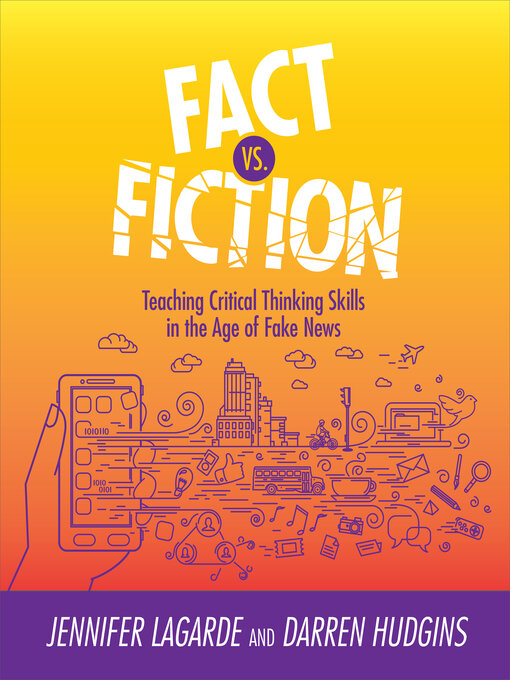The advent of the 24-hour news cycle, citizen journalism and an increased reliance on social media as a trusted news source have had a profound effect not only on how we get our news, but also on how we evaluate sources of information, share that information and interact with others in online communities. When these issues are coupled with the "fake news" industry that intentionally spreads false stories designed to go viral, educators are left facing a new and challenging landscape. This book will help them address these new realities, providing strategies and support to help students develop the skills needed to effectively evaluate information they encounter online.
The book includes:
The companion jump start guide based on this book is Fighting Fake News: Tools and Strategies for Teaching Media Literacy.
Audience: K-12 educators


